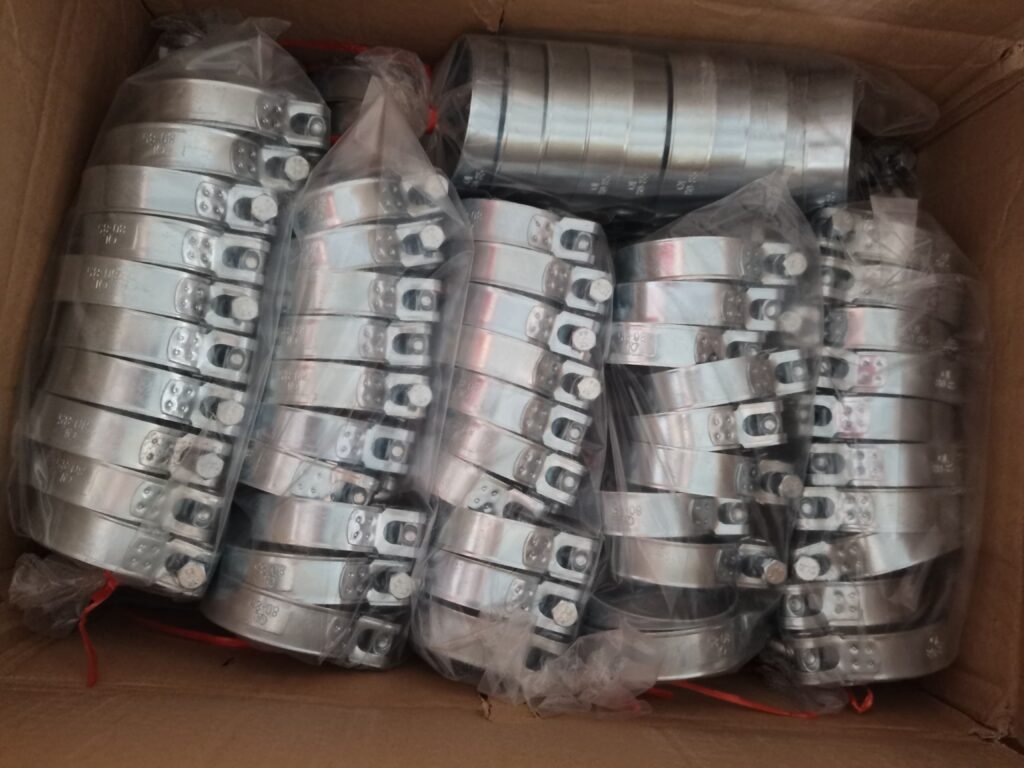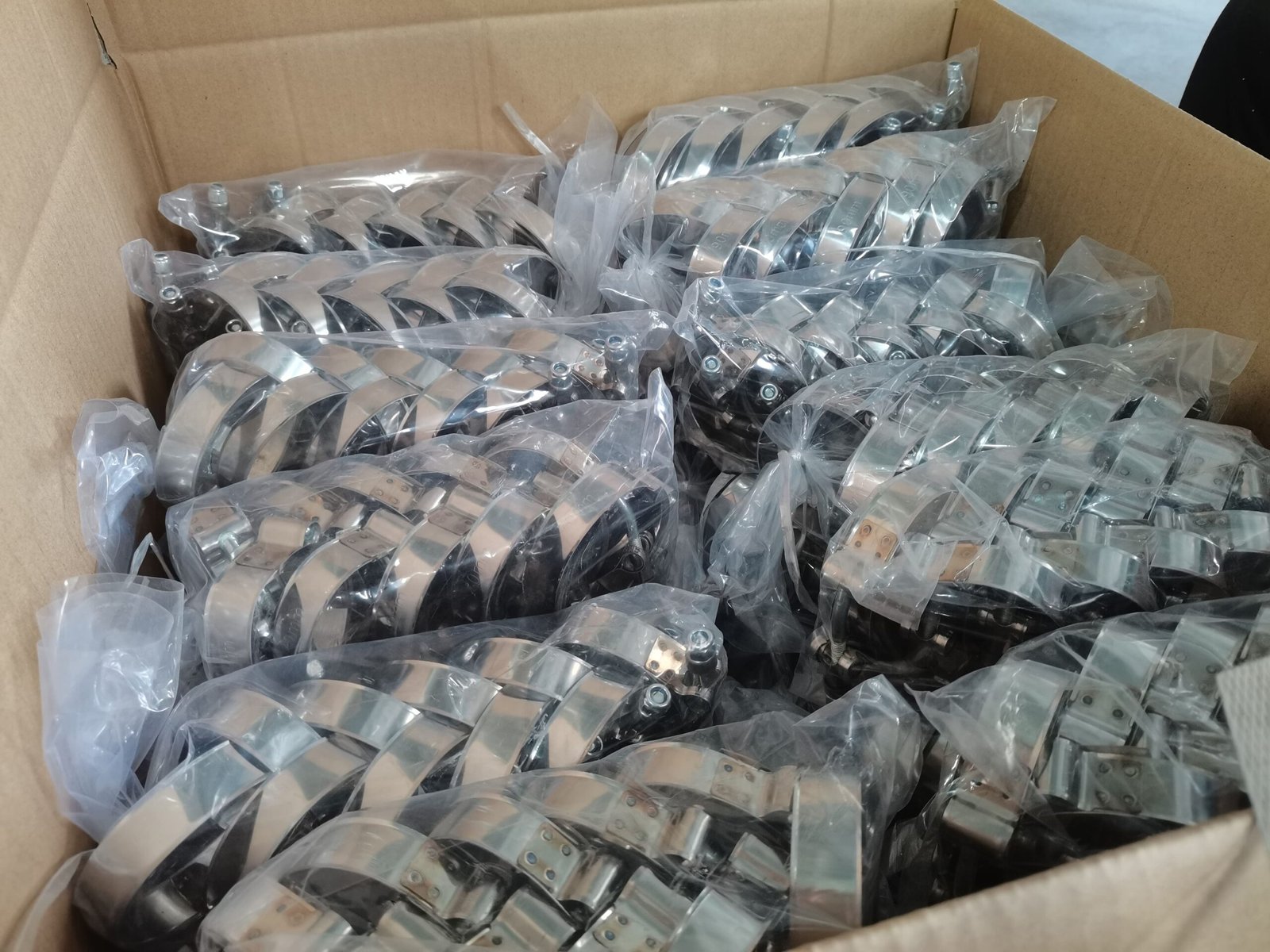When choosing silicone hose clamps, it’s important to select the right type of silicone hose clamps to ensure a secure and leak-free connection. The most commonly used clamps for silicone hoses are worm drive clamps and T-bolt clamps. Each type has its own advantages. This article explains these two clamps in detail to help you decide which one to choose.
T-bolt clamps vs. worm drive clamps: What’s the difference?
T-bolt clamps are designed specifically for high-pressure and high-temperature environments, making them ideal for applications that require a secure, long-lasting fix. They feature a heavy-duty band with a T-bolt mechanism that evenly distributes pressure. In contrast, worm drive clamps are versatile and affordable and are best suited for low-pressure, general-purpose applications.

What are the advantages of T-bolt clamps?
T-bolt clamps are more robust and designed for heavy-duty use. Featuring a T-shaped bolt, they evenly distribute clamping pressure around the silicone hose, providing a strong grip. These clamps are often used in high-pressure applications.
- Material: Typically made of stainless steel with heavy-duty bolts and nuts.
- High Strength: Offers greater clamping force than turbo clamps, ideal for high-pressure applications.
- Even Pressure Distribution: Distributes pressure evenly around the hose, preventing damage to the silicone hose and leaks at the joint.
- Durable: More durable than turbo clamps, able to withstand high pressure and vibrations.
T-bolt clamps are best suited for high-pressure applications such as automotive turbo systems, cooling systems, heavy machinery, and extreme temperature environments. They provide superior durability and secure performance.

What are the advantages of worm drive clamps?
A Worm drive clamp is one of the most commonly used clamps for silicone hoses. It is made of a threaded screw and a stainless steel band that tightens around the hose when the screw is turned.
- Material: Typically made of stainless steel, providing excellent corrosion resistance.
- Adjustable: Fits hoses of various sizes.
- Secure: Holds tightly to prevent the hose from slipping under pressure.
- Easy to Install: Can be installed with a screwdriver.
- Low Cost: Usually more affordable than other clamp types, making it ideal for standard applications.
Worm drive clamps are a cost-effective and versatile option, best suited for automotive hoses, garden pipes, and other pipelines with medium-pressure requirements.

How to choose the right clamp for your application?
Choosing the right clamp depends on:
- Pressure and temperature: T-bolt clamps are more resistant to pressure.
- Material compatibility: T-bolt clamps are suitable for thicker hoses; worm drives are suitable for lighter hoses.
- Size and fit: Make sure the size is right to avoid over-tightening.
What materials are used for T-bolt and worm drive clamps?
- T-bolt clamps: Stainless steel, corrosion-resistant.
- Worm drive clamps: Galvanized or stainless steel, durable.
Where are T-bolt clamps commonly used?
T-bolt clamps are commonly found in:
- Racing: securing hoses in the engine compartment.
- Hydraulic systems: high-pressure fluid delivery.
- Industrial applications: construction and chemical processing.
Where are worm drive clamps best used?
Worm drive clamps are great for:
- Automotive repair: DIY projects and engine repair.
- Plumbing: low-pressure water systems.
- Garden and irrigation: securing garden hoses.
How do I install T-bolts and worm drive clamps?
T-bolt clamps:
Place the clamp around the hose.
Tighten the T-bolt with a wrench.
Worm drive clamps:
Locate the clamp and tighten it with a screwdriver.
Summary
Both T-bolt clamps and worm drive clamps have their own advantages and are suitable for different applications. T-bolt clamps excel in high-pressure, high-temperature environments and heavy-duty applications where a secure and uniform clamping force is important. Worm drive clamps are cost-effective and versatile for applications with lower performance requirements. The final choice depends on the specific needs of the application, and selecting the right clamp helps ensure a reliable and efficient connection.



